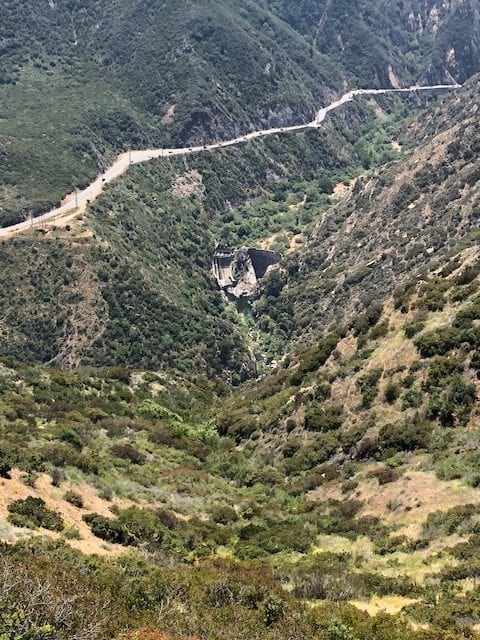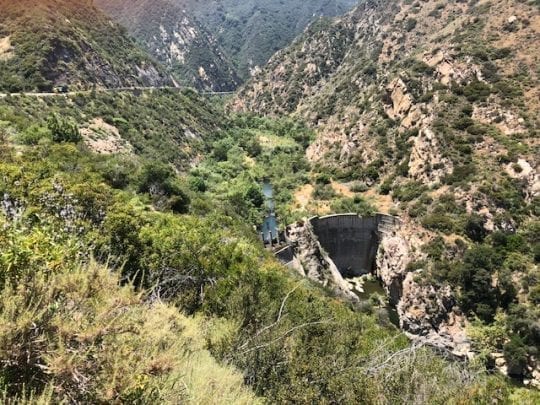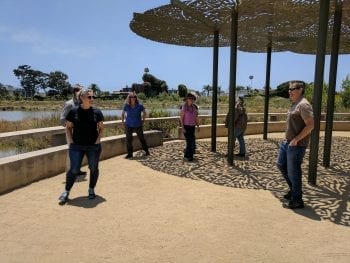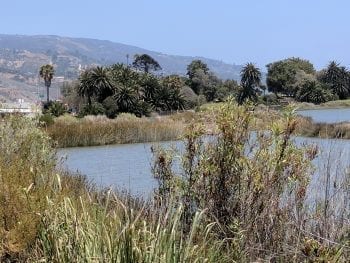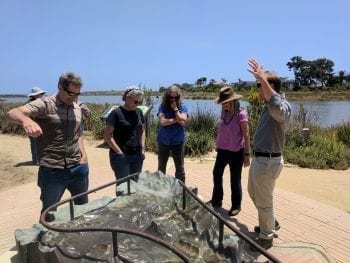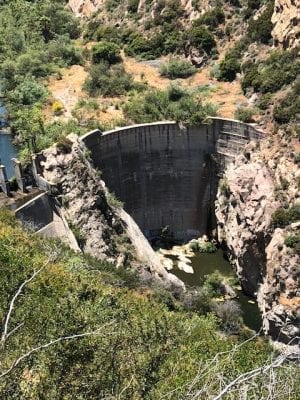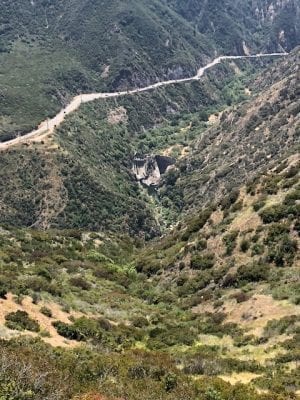CalTrout tours Rindge Dam in Malibu Canyon
CalTrout joined members of State Parks and Resources Legacy Fund on a coast-to-crest tour of Malibu Canyon on June 6, strategizing for the future removal of Rindge Dam. The 100-foot dam, built for water storage, became obsolete just 30 years post-construction after the reservoir filled entirely with sediment– sediment that is needed for sand replenishment at the beach. It was decommissioned in 1967, but still provides an illegal jumping-off point for visitors.
The photos below (courtesy of State Parks) show the renovated estuary and majestic beauty of Malibu Canyon, and miles of high quality spawning and rearing habitat that would become accessible to endangered steelhead and other species after dam removal to complete their own coast to crest tour.
Since the construction of Rindge Dam, endangered Southern California steelhead have been blocked from reaching high quality spawning grounds in upper Malibu Creek, which is classified as a Core 1 watershed defined in the National Marine Fisheries Service Southern Steelhead Recovery Plan
The removal plan for Rindge Dam is set to be finalized within the next couple months by the California Department of Parks and Recreation and the U.S. Army Corps of Engineers; it was approved by the California Coastal Commission earlier this year. The plan has been in the works since the 1990s. Progress has been slow because multiple agencies and organizations are involved in the planning and because the waters that drain into the ocean are federally protected, both U.S. and state agencies must coordinate their efforts.
CalTrout has been involved with this project for decades. Southern California steelhead and fish passage improvement remains one of our Key Initiatives.
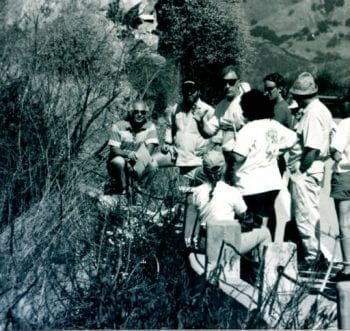
CalTrout visiting Rindge Dam in 1998. Photo courtesy of Malibu Historical Photograph Collection, Pepperdine University Special Collections and University Archives.


